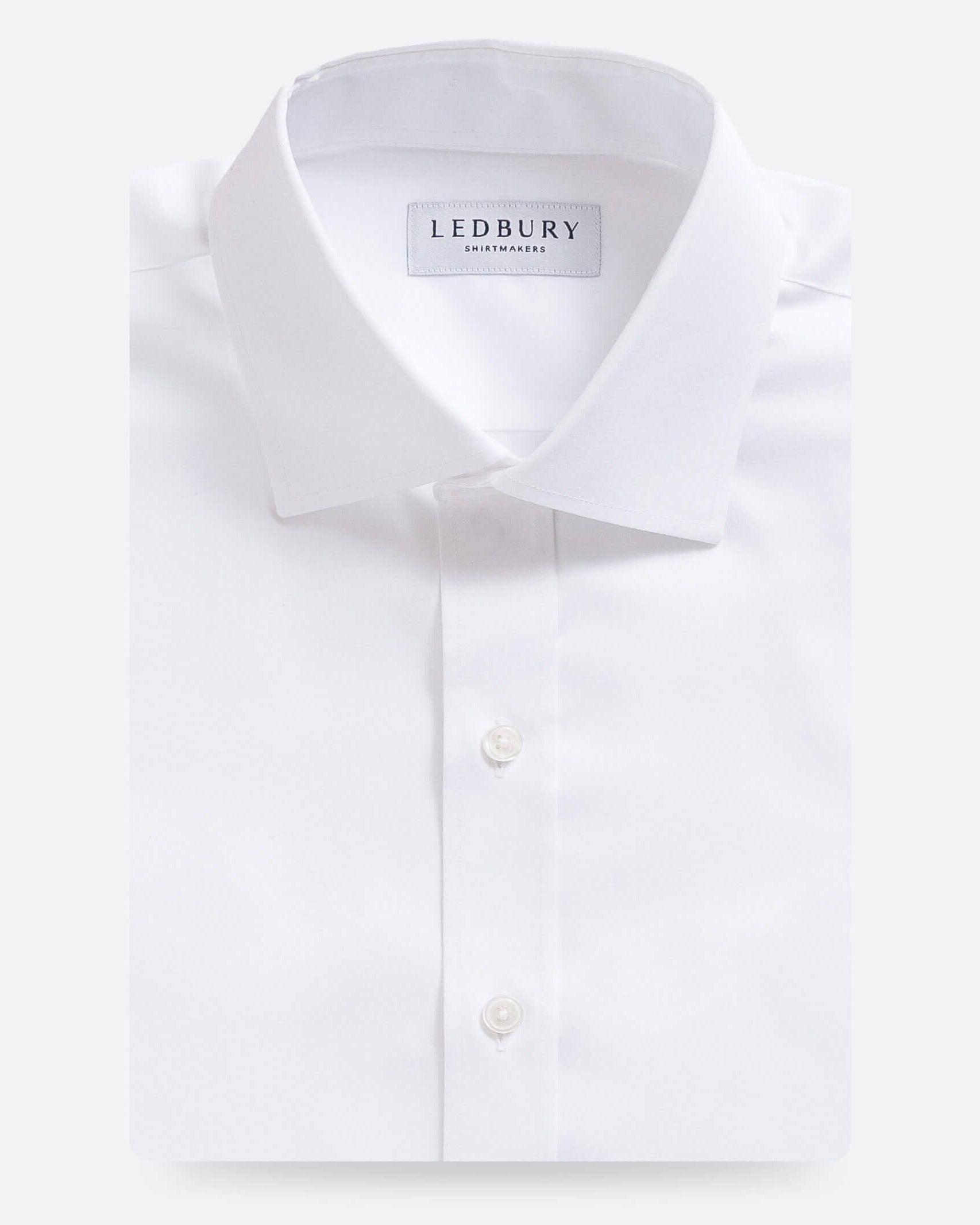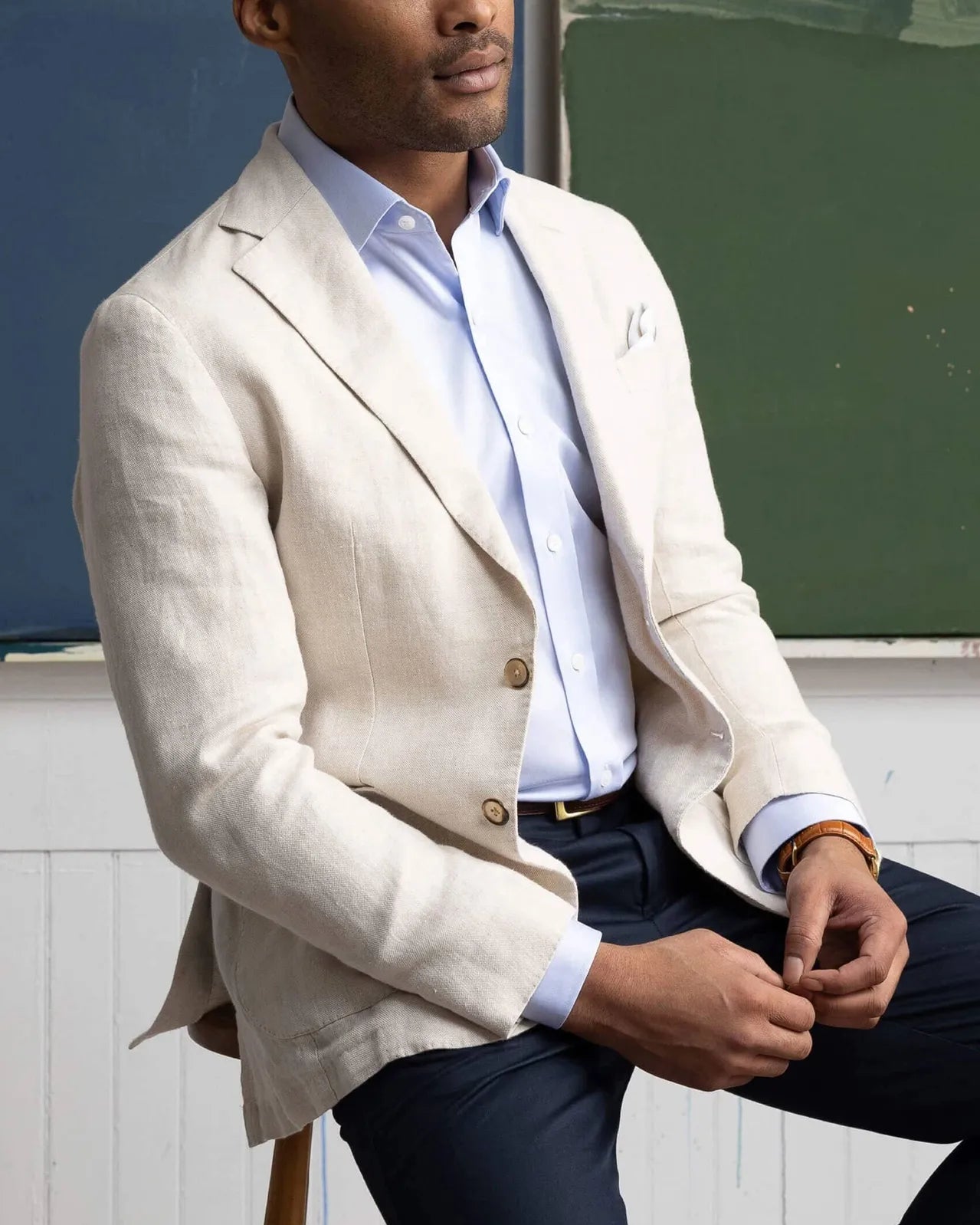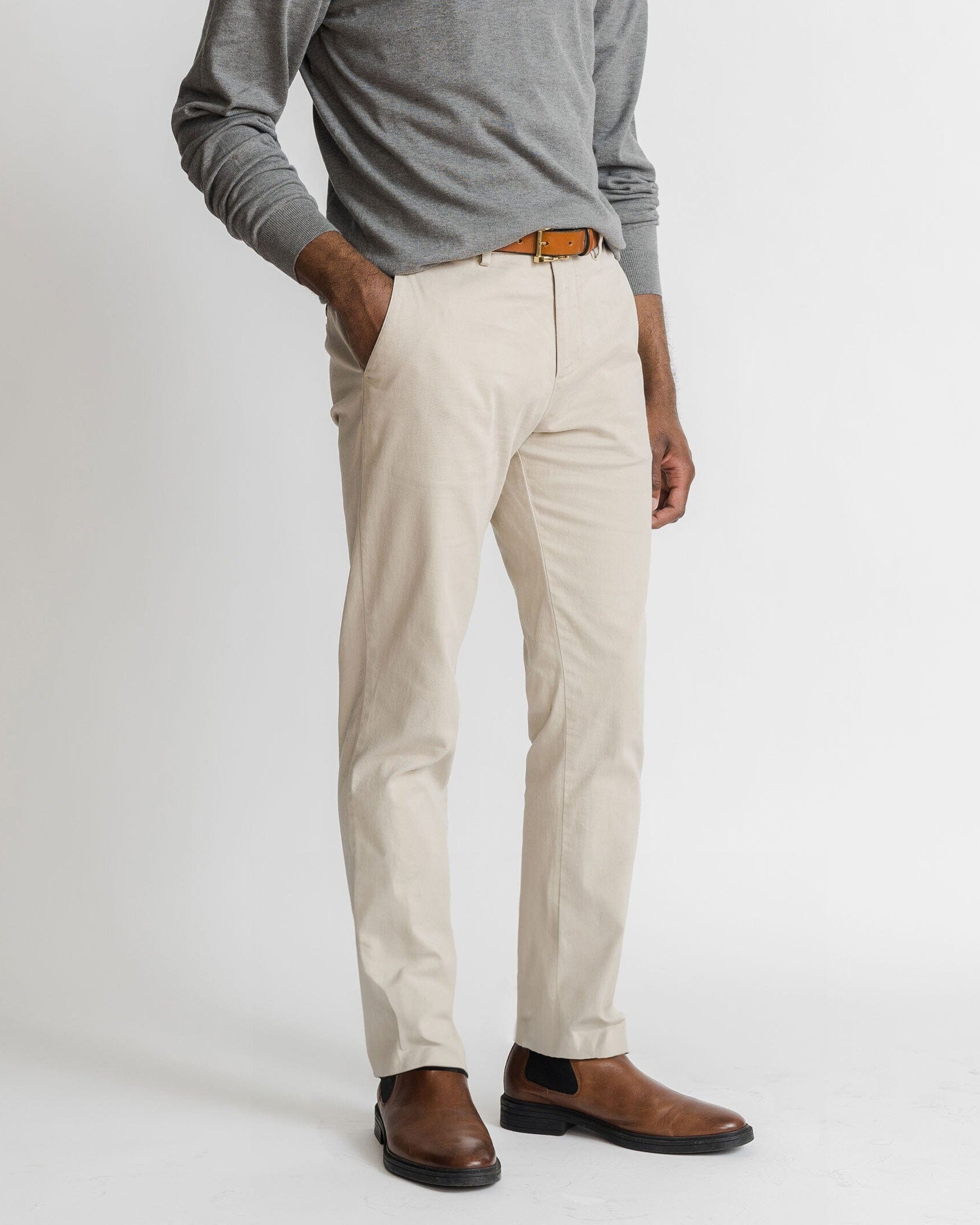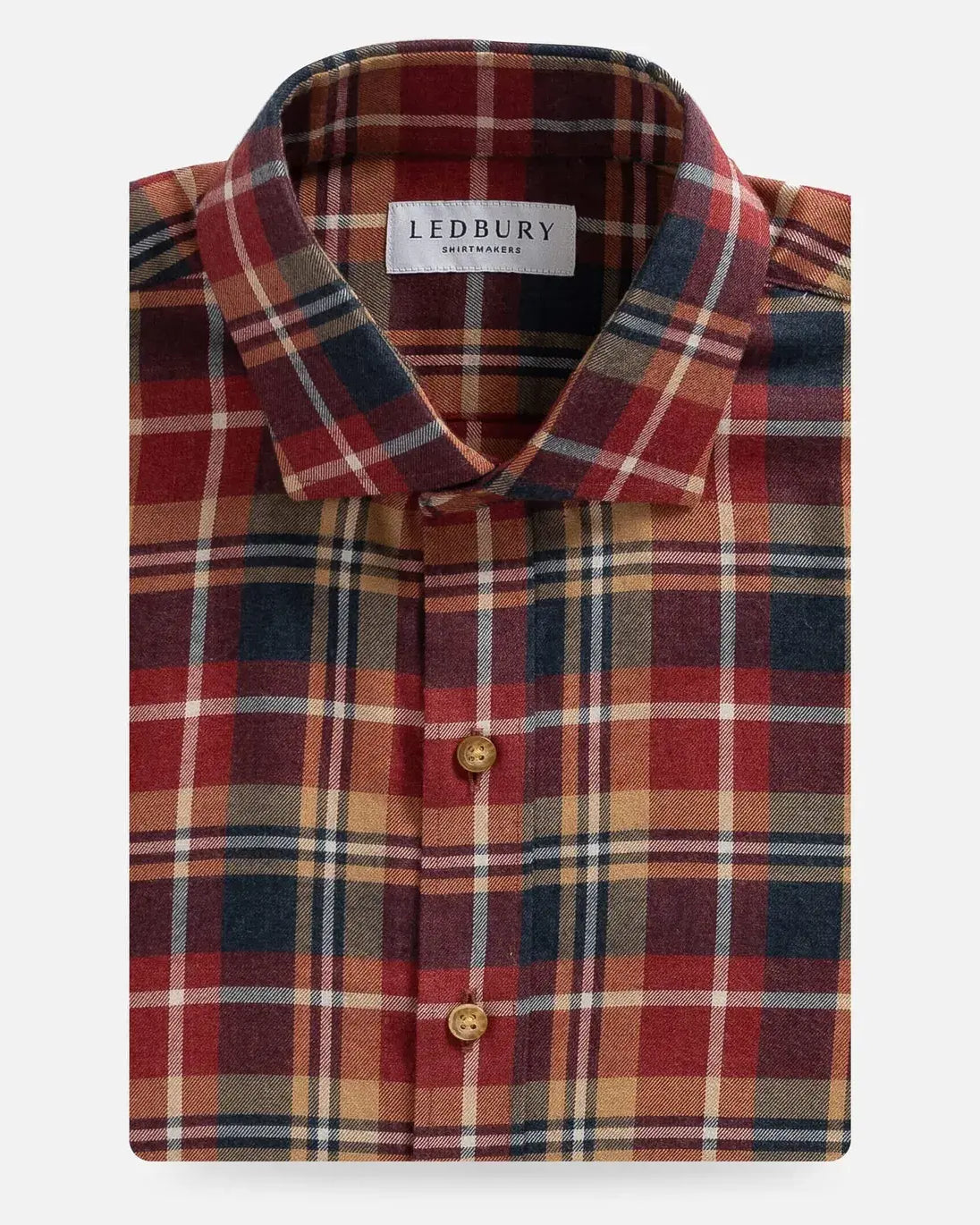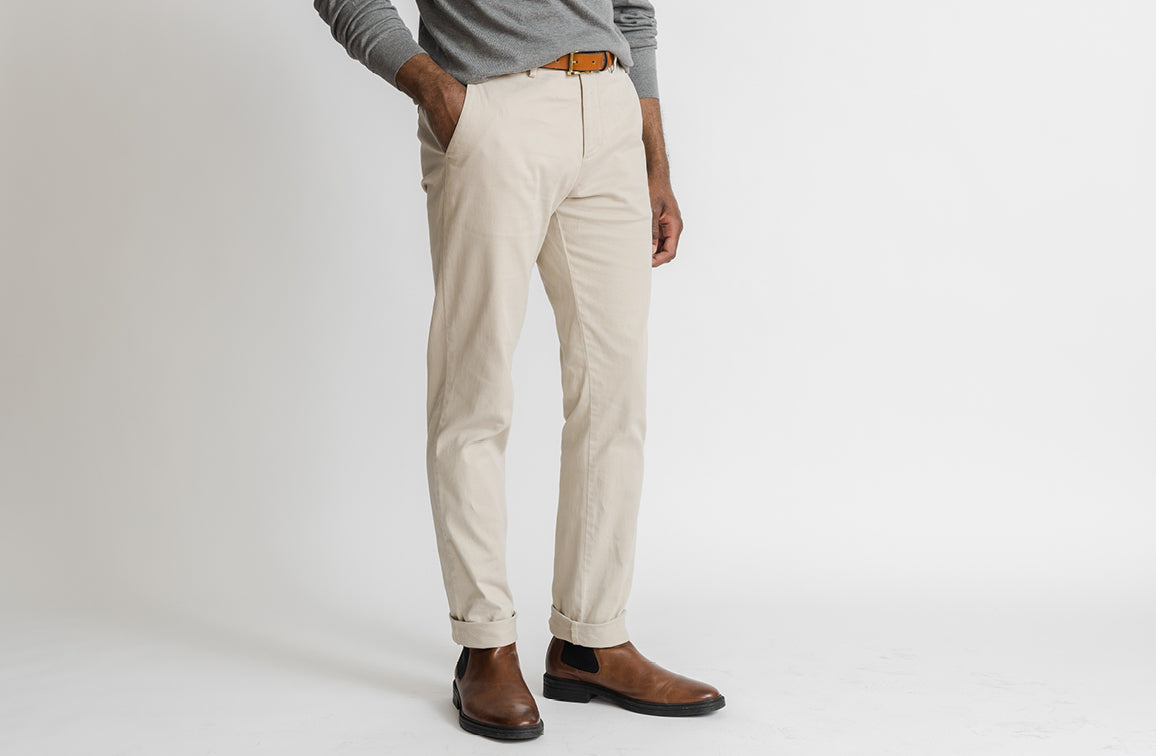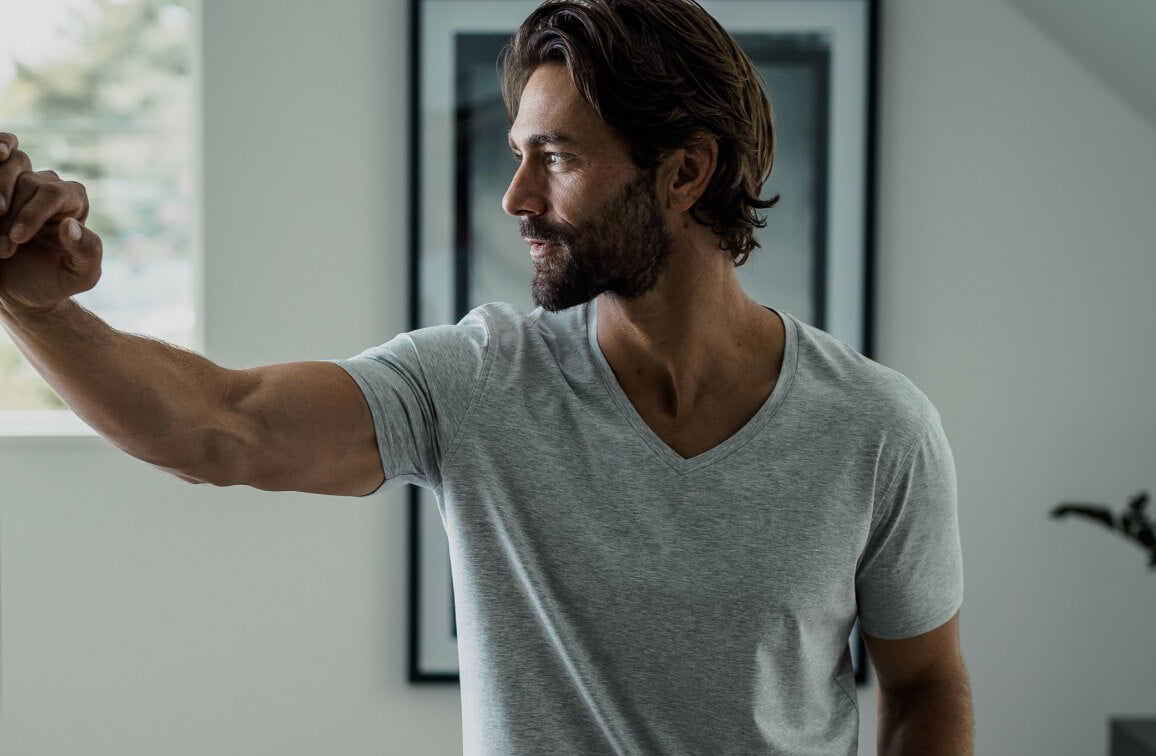







A key element to modernism is the integration of architectural design and natural landscape. Amanda Dameron, Editor-In-Chief of
Dwell Magazine, frames it nicely when she says that “we all crave a connection to the outside world… It's a fascinating journey to learn about the ways people interact with their surroundings, reinforcing the interconnectedness of life and design." Here at Ledbury, we feel strongly that the interior layout and architectural design of a building influences how we interact with surrounding environments.
Our hometown of Richmond is a place of significant beauty and history. Fortunately there is a diversity of architectural styles here. Mid-Century era and modern spaces effortlessly compliment the many beautiful Victorian-era houses that populate the city. Out of the notable architects to design buildings here, Frederick "Bud" Hyland, a Richmond-based architect who apprenticed under Frank Lloyd Wright, designed some of our city's best. We took a few minutes on a beautiful spring morning to track down and appreciate a couple of Hyland’s works.
The first stop on our Bud Hyland tour was a great little one-story building on Monument avenue. Flanked by two enormous historic structures, this flat-roof, brick building feels a little out of place on such a historic stretch. But that’s what makes this place so special. Somehow the contrasting styles only serve to enhance each other. We tend to notice differences, and for that reason our eye usually falls appreciately on this cool little building among buildings.
When we caught up with John Homs, Creative Director and Partner at JHI, he told us that it was their intention to remain as true as possible to Bud Hyland’s original design aesthetic when renovating their office and studio space. Built in 1955, the building located at 2016 Monument Avenue was originally constructed as two rectangular buildings divided by a small courtyard. The exterior remains very similar to the original design with several additions, including a zinc letter "O" that found it's way from the sign of a bowling alley built during the same era. Homs and partner Jo Watson embraced a design ethos that focused on planes of color and texture and and their intersection when re-designing the interior of JHI.
John walked us through the space while giving us the history of the building, pointing out the details that truly show his passion for modernism - the Mies Van Der Rohe element present in the building's framework, the way the angles intersect at the skylight in the front space (photo: left). In addition to the striking modernist details, the minimalism of the space creates a calm feeling of focus for the team at JHI. Primarily bare walls and a long walkway lead to symmetrical workspaces with glass-paned corners that allow natural light to filter through the space.
Homs considers the building another member of the JHI family. He recounted stories of each piece of furniture - original Bertoia Diamond Chairs, a colorful meeting table and chairs that he acquired from a furniture designer when living in New York who designed the metal framework as if they were the curves of a hand. One of the only pieces of art in the office is a wooden Mid-Century sculpture in John's office that he got at a thrift store with a tag that read, "$25. Call it 'art.'" These details create a space that is intentional, minimal, comfortable and focused. Hyland's decision to construct a modern building among its Victorian-style neighbors, and Homs decision to preserve it, is incredible.
As we continued on our Hyland tour we discovered that his home designs around the city were an interesting contrast to his work on Monument. As the JHI space aligned itself to productivity and focus through its minimalism, the homes that Hyland designed are conducive to extremely comfortable and functional living. Often building on land with complex features - sloping hills and waterfront properties - Hyland took a conscientious approach to developing properties that embraced the terrain while embodying a level of beauty that is, quite literally, a breath of fresh air.
Hyland's work is deeply representative of the thoughtfulness and intentional nature of modern architecture. Each space reflects its purpose and landscape. We certainly can rally behind that aesthetic. As a business and a members of a greater community, we are proud to recognize the work of such an influential and progressive designer as Frederick "Bud" Hyland as part of our collective history.







 A key element to modernism is the integration of architectural design and natural landscape. Amanda Dameron, Editor-In-Chief of Dwell Magazine, frames it nicely when she says that “we all crave a connection to the outside world… It's a fascinating journey to learn about the ways people interact with their surroundings, reinforcing the interconnectedness of life and design." Here at Ledbury, we feel strongly that the interior layout and architectural design of a building influences how we interact with surrounding environments.
Our hometown of Richmond is a place of significant beauty and history. Fortunately there is a diversity of architectural styles here. Mid-Century era and modern spaces effortlessly compliment the many beautiful Victorian-era houses that populate the city. Out of the notable architects to design buildings here, Frederick "Bud" Hyland, a Richmond-based architect who apprenticed under Frank Lloyd Wright, designed some of our city's best. We took a few minutes on a beautiful spring morning to track down and appreciate a couple of Hyland’s works.
The first stop on our Bud Hyland tour was a great little one-story building on Monument avenue. Flanked by two enormous historic structures, this flat-roof, brick building feels a little out of place on such a historic stretch. But that’s what makes this place so special. Somehow the contrasting styles only serve to enhance each other. We tend to notice differences, and for that reason our eye usually falls appreciately on this cool little building among buildings.
When we caught up with John Homs, Creative Director and Partner at JHI, he told us that it was their intention to remain as true as possible to Bud Hyland’s original design aesthetic when renovating their office and studio space. Built in 1955, the building located at 2016 Monument Avenue was originally constructed as two rectangular buildings divided by a small courtyard. The exterior remains very similar to the original design with several additions, including a zinc letter "O" that found it's way from the sign of a bowling alley built during the same era. Homs and partner Jo Watson embraced a design ethos that focused on planes of color and texture and and their intersection when re-designing the interior of JHI.
John walked us through the space while giving us the history of the building, pointing out the details that truly show his passion for modernism - the Mies Van Der Rohe element present in the building's framework, the way the angles intersect at the skylight in the front space (photo: left). In addition to the striking modernist details, the minimalism of the space creates a calm feeling of focus for the team at JHI. Primarily bare walls and a long walkway lead to symmetrical workspaces with glass-paned corners that allow natural light to filter through the space.
Homs considers the building another member of the JHI family. He recounted stories of each piece of furniture - original Bertoia Diamond Chairs, a colorful meeting table and chairs that he acquired from a furniture designer when living in New York who designed the metal framework as if they were the curves of a hand. One of the only pieces of art in the office is a wooden Mid-Century sculpture in John's office that he got at a thrift store with a tag that read, "$25. Call it 'art.'" These details create a space that is intentional, minimal, comfortable and focused. Hyland's decision to construct a modern building among its Victorian-style neighbors, and Homs decision to preserve it, is incredible.
As we continued on our Hyland tour we discovered that his home designs around the city were an interesting contrast to his work on Monument. As the JHI space aligned itself to productivity and focus through its minimalism, the homes that Hyland designed are conducive to extremely comfortable and functional living. Often building on land with complex features - sloping hills and waterfront properties - Hyland took a conscientious approach to developing properties that embraced the terrain while embodying a level of beauty that is, quite literally, a breath of fresh air.
Hyland's work is deeply representative of the thoughtfulness and intentional nature of modern architecture. Each space reflects its purpose and landscape. We certainly can rally behind that aesthetic. As a business and a members of a greater community, we are proud to recognize the work of such an influential and progressive designer as Frederick "Bud" Hyland as part of our collective history.
A key element to modernism is the integration of architectural design and natural landscape. Amanda Dameron, Editor-In-Chief of Dwell Magazine, frames it nicely when she says that “we all crave a connection to the outside world… It's a fascinating journey to learn about the ways people interact with their surroundings, reinforcing the interconnectedness of life and design." Here at Ledbury, we feel strongly that the interior layout and architectural design of a building influences how we interact with surrounding environments.
Our hometown of Richmond is a place of significant beauty and history. Fortunately there is a diversity of architectural styles here. Mid-Century era and modern spaces effortlessly compliment the many beautiful Victorian-era houses that populate the city. Out of the notable architects to design buildings here, Frederick "Bud" Hyland, a Richmond-based architect who apprenticed under Frank Lloyd Wright, designed some of our city's best. We took a few minutes on a beautiful spring morning to track down and appreciate a couple of Hyland’s works.
The first stop on our Bud Hyland tour was a great little one-story building on Monument avenue. Flanked by two enormous historic structures, this flat-roof, brick building feels a little out of place on such a historic stretch. But that’s what makes this place so special. Somehow the contrasting styles only serve to enhance each other. We tend to notice differences, and for that reason our eye usually falls appreciately on this cool little building among buildings.
When we caught up with John Homs, Creative Director and Partner at JHI, he told us that it was their intention to remain as true as possible to Bud Hyland’s original design aesthetic when renovating their office and studio space. Built in 1955, the building located at 2016 Monument Avenue was originally constructed as two rectangular buildings divided by a small courtyard. The exterior remains very similar to the original design with several additions, including a zinc letter "O" that found it's way from the sign of a bowling alley built during the same era. Homs and partner Jo Watson embraced a design ethos that focused on planes of color and texture and and their intersection when re-designing the interior of JHI.
John walked us through the space while giving us the history of the building, pointing out the details that truly show his passion for modernism - the Mies Van Der Rohe element present in the building's framework, the way the angles intersect at the skylight in the front space (photo: left). In addition to the striking modernist details, the minimalism of the space creates a calm feeling of focus for the team at JHI. Primarily bare walls and a long walkway lead to symmetrical workspaces with glass-paned corners that allow natural light to filter through the space.
Homs considers the building another member of the JHI family. He recounted stories of each piece of furniture - original Bertoia Diamond Chairs, a colorful meeting table and chairs that he acquired from a furniture designer when living in New York who designed the metal framework as if they were the curves of a hand. One of the only pieces of art in the office is a wooden Mid-Century sculpture in John's office that he got at a thrift store with a tag that read, "$25. Call it 'art.'" These details create a space that is intentional, minimal, comfortable and focused. Hyland's decision to construct a modern building among its Victorian-style neighbors, and Homs decision to preserve it, is incredible.
As we continued on our Hyland tour we discovered that his home designs around the city were an interesting contrast to his work on Monument. As the JHI space aligned itself to productivity and focus through its minimalism, the homes that Hyland designed are conducive to extremely comfortable and functional living. Often building on land with complex features - sloping hills and waterfront properties - Hyland took a conscientious approach to developing properties that embraced the terrain while embodying a level of beauty that is, quite literally, a breath of fresh air.
Hyland's work is deeply representative of the thoughtfulness and intentional nature of modern architecture. Each space reflects its purpose and landscape. We certainly can rally behind that aesthetic. As a business and a members of a greater community, we are proud to recognize the work of such an influential and progressive designer as Frederick "Bud" Hyland as part of our collective history.

